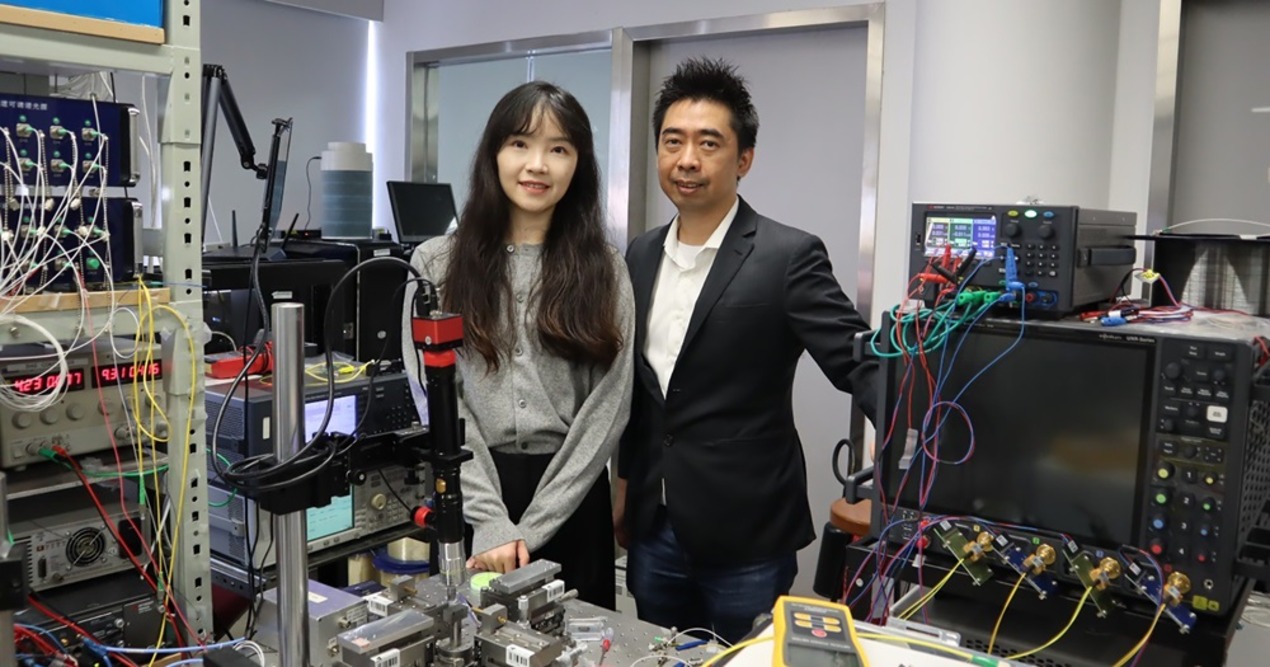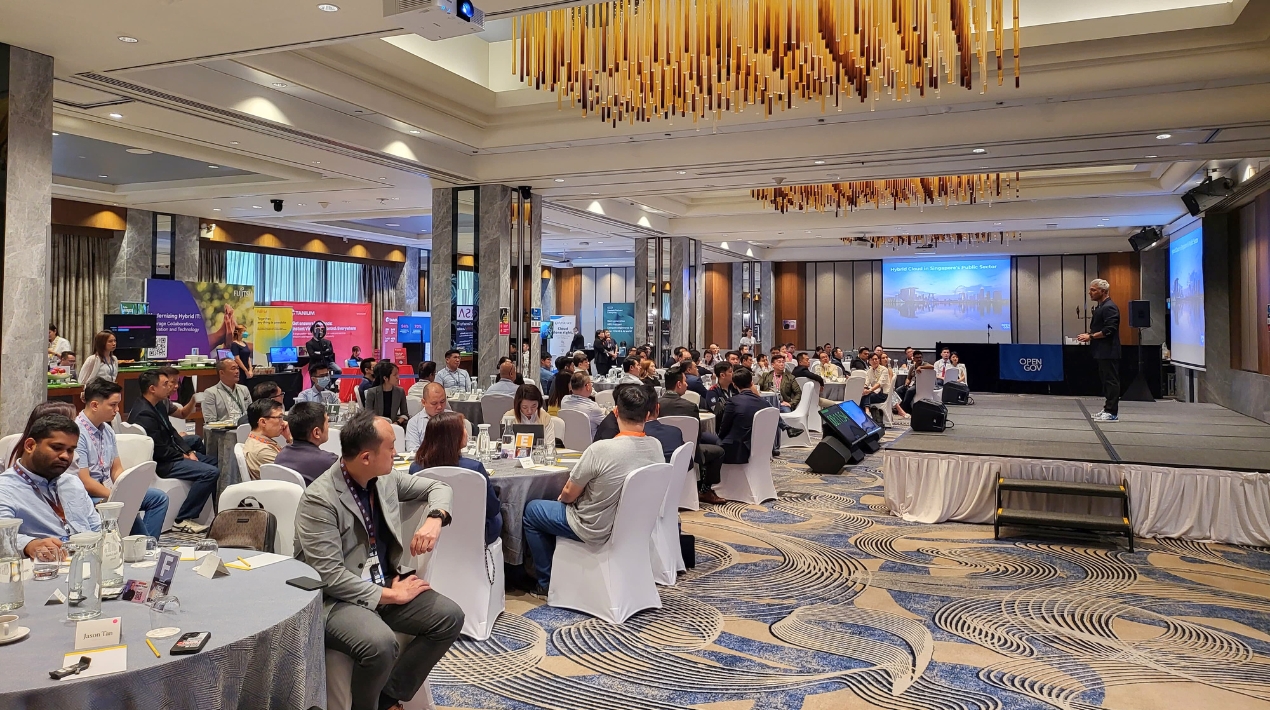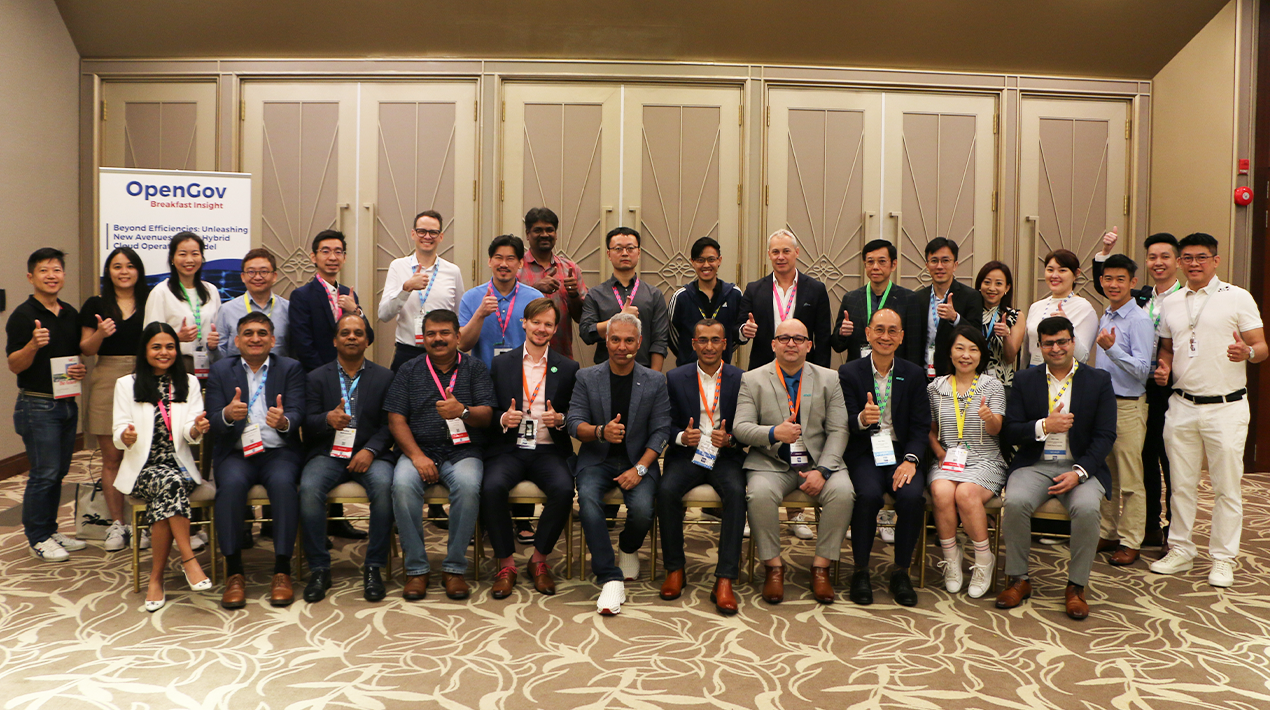EXECUTIVE SUMMARY
In this digitized age, with decisions increasingly driven by data and consumers who expect that there’s always an “app for that,” it’s not easy to be a CIO. Nowhere is this truer than in government, where budgets are shrinking while public sector IT departments are being asked to deliver more value every year — whether by building shared services, increasing security, being prepared to react to emergency situations, or just being more responsive to constituents.
In fact, the gap is widening between what public sector IT is expected to deliver and what business-as-usual can provide. Closing this IT services gap, this IT delivery gap, is not optional. And it’s happening with or without IT involvement. In a recent survey, 43 percent of US federal government respondents answered that their employees’ use of cloud apps and mobile devices was already making their organization move faster to the cloud.1 Unless IT can simultaneously make procure outside services on their own—bringing increased cost, complexity…..
Read more by downloading the link below





















